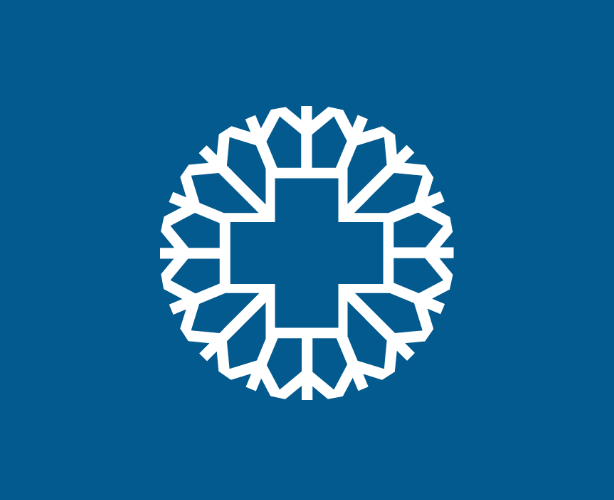The Medical City Introduces First Sleep Disorder Monitor in the Country

August 26, 2010, The Medical City's (TMC) Sleep Medicine Department announces its latest innovative service: ApneaLink. The device is being offered as part of a holistic package for patients undergoing executive checkups at TMC's Center for Wellness and Aesthetics.


The first and only modern medical tool of its kind in the Philippines, ApneaLink™ is a portable device used for detecting a type of sleep disorder called obstructive sleep apnea (OSA) in patients. Simple, comfortable, and easy to use, the device is worn by patients during sleep to monitor their breathing and determine their sleep quality for about 6 to 8 hours. It then prints out a report that helps physicians determine and analyze if the patients indeed have OSA.
In case of THE presence of OSA, the patients are recommended for full testing at TMC’s sleep lab. Here, physicians discuss with their patients if either surgery or lifetime treatment using a therapeutic breathing aid called Continuous Positive Airway Pressure (CPAP) is required. Dr. Michael A. Sarte, TMC’s consultant director OF the Center for Snoring and Sleep DisorderS, describes OSA as “a sleep disorder wherein a sleeping person stops breathing for at least 10 seconds, from 5 to possibly more than 100 times per hour while asleep.”
Aside from arrested breathing during sleep, a person suffering from OSA also demonstrates the following symptoms: snoring, choking, and frequent urination (about 3 to 4 times at night). In the morning, that person may experience excessive daytime sleepiness which also result into either headaches, elevated blood pressure, irritability, and memory problems.
Dr. Sarte points out that OSA patients and loved ones need to understand more about the seriousness of this sleep disorder. “Education and awareness are important. Most people think that snoring is an indication of deep sleep. Though it’s not very common, OSA can actually be fatal because it may lead to complications like heart failure or stroke,” Dr. Sarte explains. Other possible complications include hypertension and diabetes.
Although OSA can be genetic, certain lifestyles also contribute to the cause of this particular sleep disorder. Excessive drinking of alcohol, smoking, sedatives, late nights, and being overweight are some of the possible triggers of OSA. Dr. Sarte says that most OSA sufferers are males, although females in their menopausal stage are also more prone to apnea. Children who have allergic rhinitis, adenoiditis and tonsil enlargement may also have apnea problems.
Sleeping companions, Dr. Sarte shares, must be alert when they detect the slightest symptom of OSA that he mentioned. In times of apnea attacks, Dr. Sarte suggests that the companion wake up the patient or turn him to his side. At best, this sleep screening tool may be considered immediately.